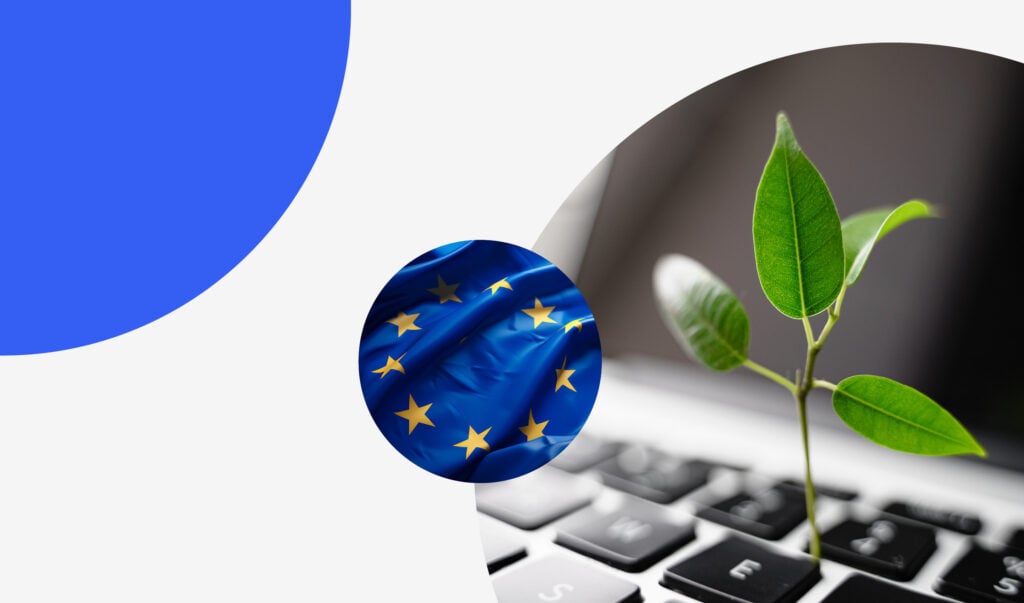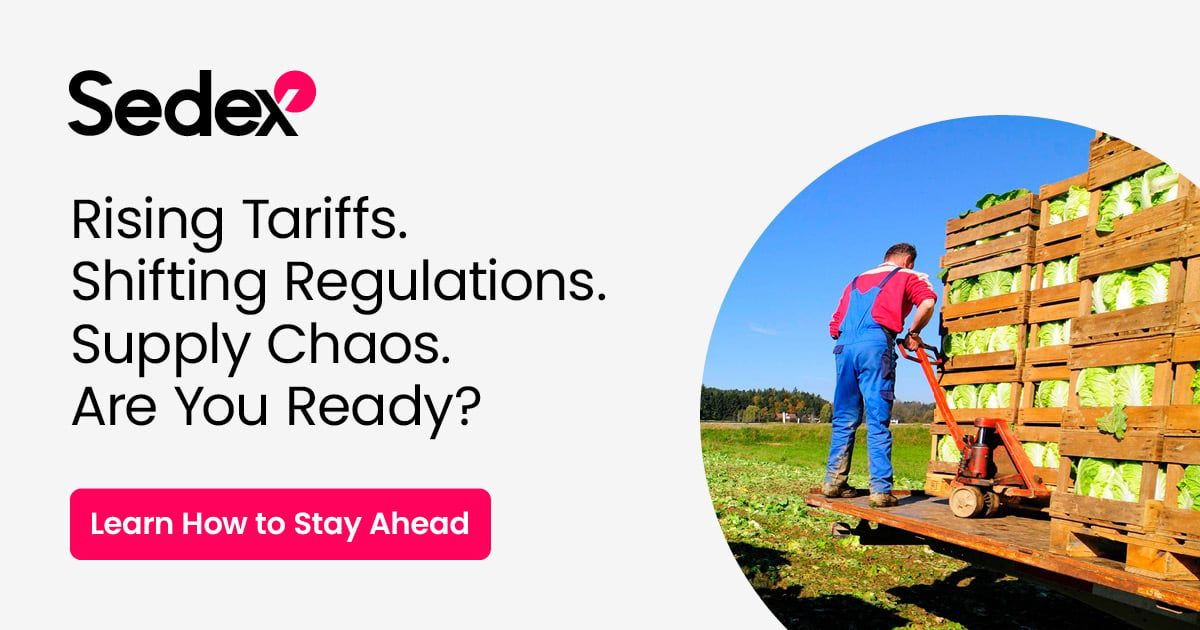Supply Chain Human Rights Litigation: From Reputation Risk to Existential Legal Threat
As awareness of practices and conditions in supply chains grows, companies are increasingly being held to account for lack of oversight beyond Tier 1. Visibility must increase as stakeholders’ understanding and expectations mature – and tools exist for companies to conduct, and demonstrate, more proactive mapping and risk management.
How are supply chains becoming a legal liability?
Human rights abuses in supply chains are no longer just a reputational concern for companies: they are becoming an existential legal risk.
Issues that once surfaced mainly through non-governmental organisations’ (NGOs) campaigns or investigative media scrutiny are now being tested in courtrooms. Judges are increasingly examining whether companies exercised adequate oversight of suppliers, whether risks were properly identified and disclosed, and whether sustainability or governance claims are backed by reliable data.
At the same time, many governments are introducing stricter regulations with enforceable obligations on human rights due diligence and risk management.
In the United States, the Uyghur Forced Labor Prevention Act (UFLPA) has already blocked nearly $1 billion worth of goods this year, demonstrating how import controls related to ethical concerns can have immediate financial and operational impact.
In Europe, the EU Forced Labour Regulation will require companies to systematically map, assess, and address this human rights risk across their supply chains. Other laws already exist targeting conflict minerals, and deforestation concerns in the production of high-risk commodities (e.g. timber, coffee, beef, leather). Check out our key legislation hub for a summary of current laws.
Importantly, this is no longer just about abuses hidden deep in global supply chains. In the US and Europe, prosecutors are also pursuing cases much closer to home.
In the US, multimillion-dollar settlements have been reached in the last few years with food manufacturers and poultry processors found to have illegally employed children – including via contractors. In Europe, courts have convicted recruitment agencies for exploiting migrant workers in agriculture and investigated luxury-sector subcontractors over inhumane conditions.
These examples underscore that these concerns are not confined to distant suppliers in the Global South, but can be embedded in core operations and domestic supply chains within major consumer markets.
Food and drink sector already faces intense scrutiny
In March 2025, NGOs filed a civil lawsuit against a major European retailer under France’s Duty of Vigilance law. The case alleges failures to prevent environmental harm, health risks and potential human rights abuses in the company’s tuna supply chains, including mercury contamination, destructive fishing methods, and poor labour conditions at sea.
While the retailer introduced new oversight measures, the plaintiffs are still seeking expanded vigilance requirements and potential financial penalties if the retailer fails to comply with those.
Attention on seafood and agriculture
It’s worth noting that this case is part of a wider spotlight on the seafood sector. Sustained NGO and media attention has not only created reputational risk, but also regulatory consequences that push companies to adapt their sourcing strategies.
Seafood was added to the UFLPA entity list in July 2024, not only because of evidence that some global catches are processed in Xinjiang, but also widespread evidence of forced labour in international fishing fleets. The result is a dual exposure: companies now face the immediate risk of product seizure at US borders as well as mounting litigation risks in Europe.
In another case, a French court convicted a recruitment agency for subjecting migrant grape-pickers to unsafe and inhumane working conditions while supplying labour to Champagne houses. This case highlights how even premium agricultural products are not immune from human rights liability – agriculture remains a high-risk sector no matter where in the world activities take place.
Italian prosecutors have investigated leading tomato brands for mislabelling produce as “Italian” when they included ingredients allegedly from Xinjiang. UK retailers were publicly linked to these investigations in high-profile media coverage.
This illustrates not just how reputational risks can span multiple jurisdictions, but also indicates how regulatory action in one country can impact operational continuity in others as brands pivot to move away from problematic suppliers or products. Tomatoes were one of the first commodities highlighted as high risk in the original UFLPA text – encouraging increased scrutiny in other jurisdictions, and arming prosecutors with more evidence on risk likelihood.
Child labour in US food manufacturing
These risks are not limited to Europe. In the United States, child labour violations are rapidly emerging as a front-line compliance issue with financial consequences.
One major food manufacturer recently settled allegations that underage workers were employed in its facilities, agreeing to pay millions of dollars while denying liability. Meanwhile, a poultry processor in Alabama was ordered by a federal court to pay up and implement sweeping compliance reforms after investigators found children as young as 13 performing hazardous tasks, including overnight shifts in slaughterhouses.
Together, these cases signal that food companies now face escalating legal exposure on a global scale – not only over international supply chains, but also for labour practices at home.
Luxury fashion experiences a wave of litigation
Italian courts have shut down subsidiaries of prominent brands after uncovering subcontracted workshops where migrant workers endured exploitative conditions, including excessive hours and wages below the legal minimum.
Other luxury brands are being placed under judicial administration following revelations of exploitation at subcontractor facilities. At the same time, NGOs continue to investigate whether high-end brands source cotton and other textiles linked to forced labour in high-risk regions.
For prestige labels, built on reputation and exclusivity, this shift is particularly stark – shocking consumers with the obvious disconnect, amplified in high-profile press coverage, between luxury brand identity and sub-standard production processes.
Technology companies under growing pressure, particularly on critical minerals
In the US, leading vehicle manufacturers have faced allegations over suppliers with links to human rights abuses, alongside claims that some brands’ sustainability and conflict-minerals public disclosures in relation to electric vehicle components misrepresented supplier practices. NGOs have also reported that carmakers risk complicity in forced labour in China through their aluminium and steel supply chains.
The potential consequences extend beyond reputational harm: companies are now exposed to litigation for misleading disclosures, regulatory penalties under laws such as the UFLPA, and product detentions at the border if forced labour links are confirmed.
In Europe, a major electronics brand has been taken to court after civil society organisations alleged that minerals exported as “conflict-free” from Rwanda had in fact been smuggled from conflict-affected areas of the Democratic Republic of Congo. In France, prosecutors dismissed the case earlier this year – but in Belgium, the public prosecutor appointed an investigative judge and proceedings remain active.
These cases underscore the risk that public claims about responsible sourcing become legal liabilities if they are not fully backed by verifiable data, particularly in regions with limited visibility.
With numerous data-driven and technology-based solutions now available to significantly scale and streamline visibility across supply chain tiers and regions, stakeholders’ expectations on corporate oversight – from consumers, investors, regulators and the media – have evolved. Partial measures are no longer sufficient, and weak data or unverifiable claims can be grounds for litigation.
Mitigating the risk: What companies can do
This recent wave of litigation shows that human rights must be treated with the same seriousness as financial, cybersecurity or operational risk – as they have the potential to result in equally serious consequences.
To best protect operations, reputation and commercial success, companies should build in-depth programmes that extend into multiple supply chain tiers:
- Establish structured due diligence and remediation processes. Robust due diligence is risk-based, systematic, iterative, and built to respond to violations uncovered. Remediation processes might include engagement with suppliers and local NGOs, corrective action plans, contractual requirements to respect labour rights, and ongoing monitoring. Learn more with our introduction to supply chain due diligence.
- Map supply chains beyond first-tier suppliers. Work with Tier 1 suppliers to gather data on their own networks, and leverage technology to streamline data-sharing across the supply chain. Mapping deeper tiers is complex and resource-intensive, but essential to identify hidden risks that could otherwise expose a company to legal, operational or reputational consequences.
- Conduct risk and materiality assessments. Identify high-risk commodities and regions, taking into account sector-specific and country-specific risks and, noting the risk landscape changes with each different sector and country. Triangulate inherent risk with supplier-specific data to validate priority areas for further investigation. Anticipate that findings may reveal previously unknown human rights violations – be prepared to shape remediation processes accordingly, ensuring they are actionable, properly resourced and closely monitored.
- Treat regulatory lists, such as UFLPA commodities, as early warning indicators. These lists can guide prioritisation and signal where litigation or border enforcement may arise.
- Engage boards and senior executives. Establish clear lines of accountability for addressing the most significant human rights risks in both own operations and supply chains. Executive oversight ensures that risk management is strategic and resourced adequately.
- Ensure all disclosures are supported by verifiable data. Aim to gather and document evidence across all tiers of a supply chain to back claims made in sustainability reports, human rights disclosures, and public communications. Practical actions include conducting independent audits using recognised methodologies such as SMETA, collecting data through supplier self-assessment questionnaires, and cross-checking data with other sources. Verifiable data strengthens reporting credibility, unlocks powerful insights and reduces legal exposure if disclosures are challenged.
It’s really important to approach supply chain and sustainability due diligence with the expectation that violations may be discovered. This means corporate programmes must be capable of resolving issues efficiently, transparently, and in line with regulatory expectations.
Frameworks such as the United Nations Guiding Principles (UNGPs) and the OECD Due Diligence Guidance for Responsible Business Conduct help companies identify, prevent, mitigate and account for adverse human rights impacts across their operations and supply chains.
The transition from reputational concern to legal liability is well underway. Companies that fail to strengthen supply chain visibility and vigilance face rising litigation, regulatory enforcement, financial and reputational harm.
Those that act early by embedding human rights into governance, reporting, and operational oversight will be best positioned to manage this evolving risk landscape, upholding the rights of workers across global supply chains and, in doing so, protect their own business.




